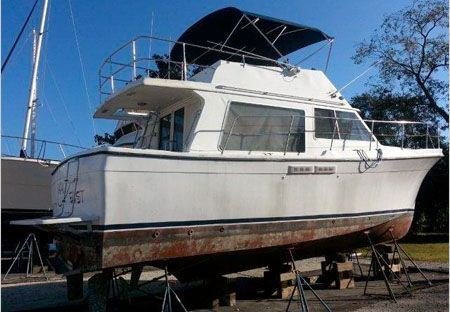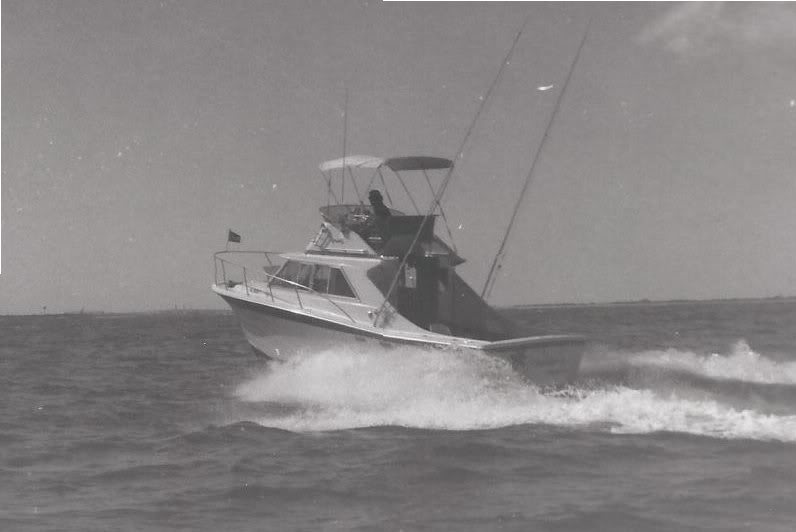Had to join the forum to chime in on this one!
The broker who has that Coastal Cruiser listed in BC is doing his client a disservice by listing it as a 44. Refugio, no offense my friend, but Uniflite didn't build a 44. That listing is a 37, with the optional bowsprit. Its length overall is probably close to 44 feet, including the bow pulpit and the swimstep, but it's still a 37.
And, FF, you're right, Uniflites are tough GRP boats, and many of them had gasoline engines, but this CC37 is unique. It's the only Uniflite that was designed as a displacement hull, and the boat was designed around the then-new Volvo TMD 40 (twin) and 60 (single) diesels. As far as I know, just one CC37 was built in Bellingham with gas engines - it's a 1980 and is somewhere in Portland.
My wife and I own a 1981 CC37, with twin Perkins 6-354NA's. It was ordered from Uniflite with the non-standard engines, and we were lucky to find it. The Perkins engines are more reliable than those first-generation Volvo turbodiesels. Ours doesn't have the bow pulpit, and it measures about 42ft overall, including the dinghy overhang. We've cruised it for a couple of years now, and are happy to report that the previous owner's log entries were correct - we're burning about 3 gph at 8 knots.
Uniflite built less than 50 of these boats on both coasts - they had a second plant in Swansboro, NC at the time. Our research suggests that 17 were built in NC, and 32 were built in Bellingham, between 1979 and 1983. We've owned our '81 for about 2 years.



